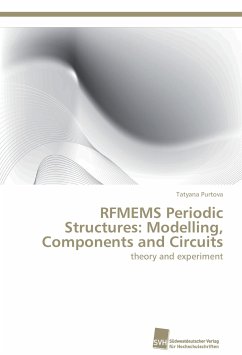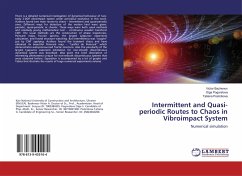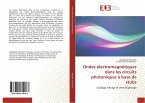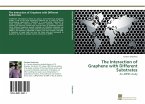This dissertation deals with RFMEMS-reconfigurable periodic structures. Such structures are widely used as phase shifters, tunable filters or tunable impedance tuners. Due to the advancement of micromachining technologies, RFMEMS tunable or switchable capacitors became an attractive way to achieve reconfigurability. As compared to their semiconductor and ferroelectric counterparts, RFMEMS components offer lower loss and higher linearity even at elevated frequencies. The design of RFMEMS circuits involving periodic structures is often based on lumped approximation, whose validity is limited to about one-third of the cut-off frequency of the first passband. To overcome this limitation, a broadband dispersion model of distributed MEMS transmission lines is developed in this thesis. The emphasis is on right-handed periodic structures including the commonly-used shunt capacitive loading as well as series inductive loading and combination of both shunt capacitive and series inductive loading. In addition, RF-MEMS phase shifters and impedance tuners with capacitive and capacitive-inductive tuning are presented.








